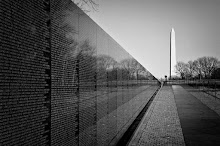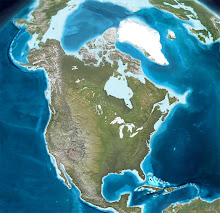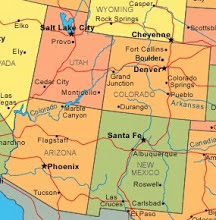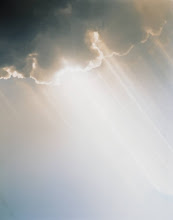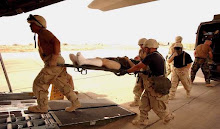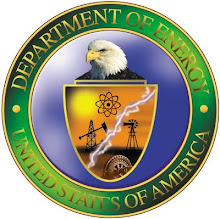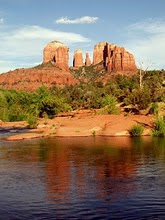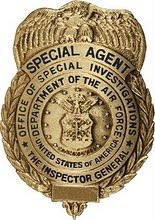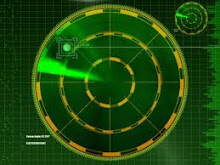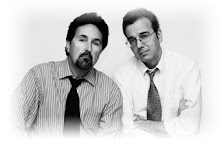By Steve Hammons
There are at least three distinct stories and legends of a “white stone canoe” from Native American tribes of the northeastern and upper Midwest U.S., and southeastern and south-central Canada. There might even be more references in history and literature to a white stone canoe. In fact, one is a well-known children’s story.A stone canoe? That doesn’t sound like it would float very well on the then-pure and pristine lakes, rivers, streams and oceans of ancient North America.
But in light of more recent developments, maybe we can discover possible connections – such as U.S. Navy fighter pilots from aircraft carriers at sea encountering objects that they said reminded them of the appearance of a white tic-tac breath candy.
The Navy pilots used the tic-tac example to describe fairly large, oval or oblong-shaped objects appearing to have a hard and smooth surface, white in color, with no apparent edges, wings, tails, cockpit or method of propulsion.
What does this have to do with ancient American Indian stories and histories? In the old times when these legends originated, the only vehicle or means of transportation they knew was the canoe. That was their transportation technology. They did not use horses or other animals for transport and did not use carts or wagons.
WHITE STONE
As a result, any object or phenomena that was used and moved as a vehicle would probably be termed a “canoe.” So, if Native Americans encountered something that appeared like a white stone that moved and possibly transported people, it could be called a “white stone canoe” – a “canoe” that looked like a white stone (like a tic-tac).
Over the centuries, this might have begun to be perceived and visualized as a conventional Indian canoe but made of white stone instead of the other normal materials used for canoe-building. This might not be an accurate understanding.
So, what are the three stories about? And are there more references out there in history books, oral histories and literature from those eras?
1) The well-known children’s story “The White Stone Canoe” is from a tale reportedly originating with the Ojibwe, also known as the Ojibwa or Chippewa who lived in the Great Lakes region. The tale is also associated with the Odawa, Odaawaa or Ottawa, also of the Great Lakes area.
In this story, a young woman passes on. The young man who is her husband is heartbroken. His friends tell him to get over it by getting his mind off her passing, maybe going on the warpath with them or meeting other young maidens.
But the young man takes another path. He travels a great distance in search of his beloved wife. At long last, he arrives at the home of a strange old man. The old man tells him how to follow an unusual path to a land where he can be with his wife.
The young man then follows these directions and arrives at a mysterious lake, where he finds a white stone canoe. In the center of the lake is an island, and on that island shore is his wife, in a white stone canoe. There’s much more to the tale worth reading and thinking about.
2) Another well-known Indian story of the eastern Great Lakes area, specifically around Lake Ontario, is that of The Great Peacekeeper named Dekanawida, Deganawida or Tekanawíta. He is believed to have arrived in the upstate New York region sometime in the early 1100s and is said to have been born north of Lake Ontario among the Wendet, also known as the Wyandot or Huron people.
As a young man, he went to live with two of the five tribes living south of Lake Ontario, the Mohawk and the Onondaga. From east to west along Lake Ontario were the Mohawk, Oneida, Onondaga, Cayuga and Seneca.
At the time, there had been years of war and bloodshed between these tribes and internally within them. Blood atonement and revenge, brutal killing and other dark practices were widespread.
Dekanawida, with the help of Hiawatha and a female leader named Jigonsaseh, helped craft peace among these tribes, and formulated concepts for peaceful democracy and unification known as The Great Law of Peace. This led to the alliance known as the Haudenosaunee (“the people of the longhouse”), better known as the Iroquois Confederacy.
Benjamin Franklin, George Washington and other founders developed a keen interest in the governmental and societal concepts of the Haudenosaunee. The founders repeatedly met with the Haudenosaunee and it's widely believed that the founders incorporated Haudenosaunee ideas into the U.S. Constitution.
3) Further east in New England, eastern Canada and Nova Scotia, Native tribes such as the Abenaki of the Wabanaki Confederacy and the Mi'kmaq or MicMac have legends about the Creator sending to Earth a being known as Glooscap (also spelled Gluskabe, Glooskap, Gluskabi, Kluscap or Gluskab).
Glooscap helped create the Earth, animals, plants, trees and other life in our world, according to the story. He was said to have arrived on Earth in a white stone canoe, landing in the Nova Scotia area.
He brought knowledge and wisdom to the people, such as understanding of good and evil. Glooscap also brought knowledge about fire, fishing nets and canoes, according to Native legend.
Another tale on the website of the Maine Memory Network, contributed by the Maine Historical Society, gives this account: “When the Indian storytellers speak of the Old Time, they mean long ago, long before the White Man knew their country, when at first there was only the forest, the sky, and the sea—no living creatures."
And another version of Wabanaki stories from the Abbe Museum, an associate of The Smithsonian Institute, notes, “The Indians saw him [Glooscap] coming and were amazed at the sight of his canoe. At once they knew that he had greater power than anyone else for he was doing amazing things.”
MORE RESEARCH
Are these Native stories in any way connected to eyewitness accounts by U.S. Navy pilots and corresponding radar and sensor returns from Navy ships? What about other types of “unidentified aerial phenomena” or “UAP” as the Navy is now calling unusual, unknown objects and/or phenomena in the skies, or closer to ground-level?
Is current advanced scientific and national security research in this area related to ancient Native American legends of North America?
The descriptions by Navy pilots of a large, white tic-tac zipping around the ocean skies and around their fighter jets do seem similar to a “white stone.” However, there reportedly are also other types of UAP and other unidentified phenomena that don’t seem to fit this description.
For those interested in Native American lore and possible clues to these mysteries, the Web is full of references to the white stone canoe stories, histories and accounts.
One book that might be worth reviewing is “Travels in a Stone Canoe: The Return to the Wisdomkeepers” by authors Harvey Arden and Steve Wall, published in 2012 by Simon & Schuster.
The book is described on Amazon: “Travels In A Stone Canoe is a luminous story. Two journalists from National Geographic on assignment in Indian Country cross an invisible boundary between two worlds, two different visions of reality -- and find their lives transformed.”
“In a stunning and probing narrative – part adventure tale, part reflection and epiphany – the authors of Wisdomkeepers embark on a dramatic ‘spirit journey’ into the living wisdom of Native American spiritual elders,” the Amazon description notes.
“When, nearly twenty years ago, a darkly enigmatic Cherokee herbalist approached Harvey Arden and Steve Wall with the proposition that they join him in a study of the lives, wisdom, and spiritual practices of Native America's fast-disappearing ‘Old Ones,' the veteran writer and photographer found themselves thrust, despite their own hard-nosed skepticism, onto a mystic ‘path of the Wisdomkeepers’."
"After receiving 'signs' foretold by the Cherokee, they set off on a journey of spiritual discovery through another world, called Great Turtle Island," the Amazon summary explains.
Another related book is “The Stone Canoe: Two Lost Mi'kmaq Texts” by Peter Sanger, illustrated by Alan Syliboy, with translator Elizabeth Paul. The book was published in 2007 by Gaspereau Press of Nova Scotia.
Amazon description: “This is a story about two stories and their travels through the written record. The written part begins in the mid-nineteenth century, when Silas T. Rand, a Baptist clergyman from Cornwallis, Nova Scotia, took as his task the translation of the Bible into Mi’kmaq, the language of the indigenous communities in the region.”
“In the process of developing his vocabulary, Rand transcribed narratives from Mi’kmaq storytellers, and following his death, 87 of these stories were published in a book called Legends of the Micmacs.”
The description explains that, “One of these contains the story of Little Thunder and his journey to find a wife. The other is the story of a woman who survives alone on an island after being abandoned by her husband.”
“Both are among the earliest examples of indigenous Canadian literature recorded in their original language; the 1847 transcript being perhaps the earliest. Their publication in The Stone Canoe makes a significant contribution to our understanding of Mi’kmaq storytelling and indigenous Canadian literature,” according to the Amazon summary.
As we face current challenges in today’s modern world, in these ancient legends and stories there seem to be clues about unusual goings-on and the nature of Nature.
Is it possible that some of these ancient accounts might guide us to paths of understanding that we can follow? And where might those paths lead?












